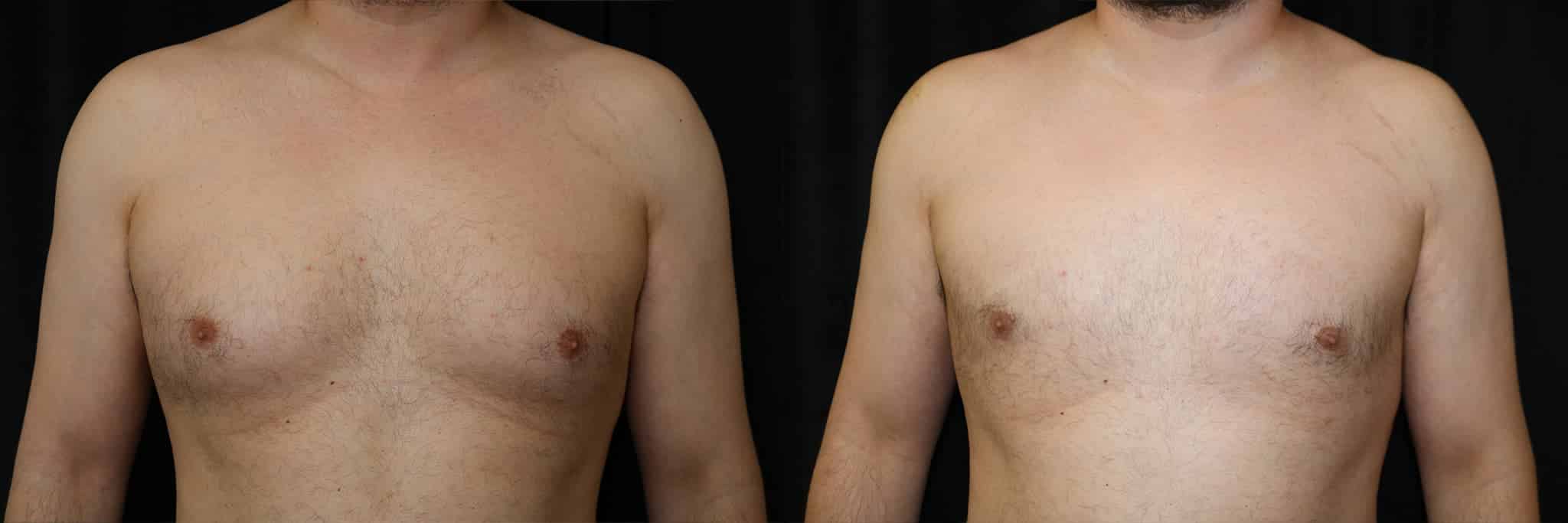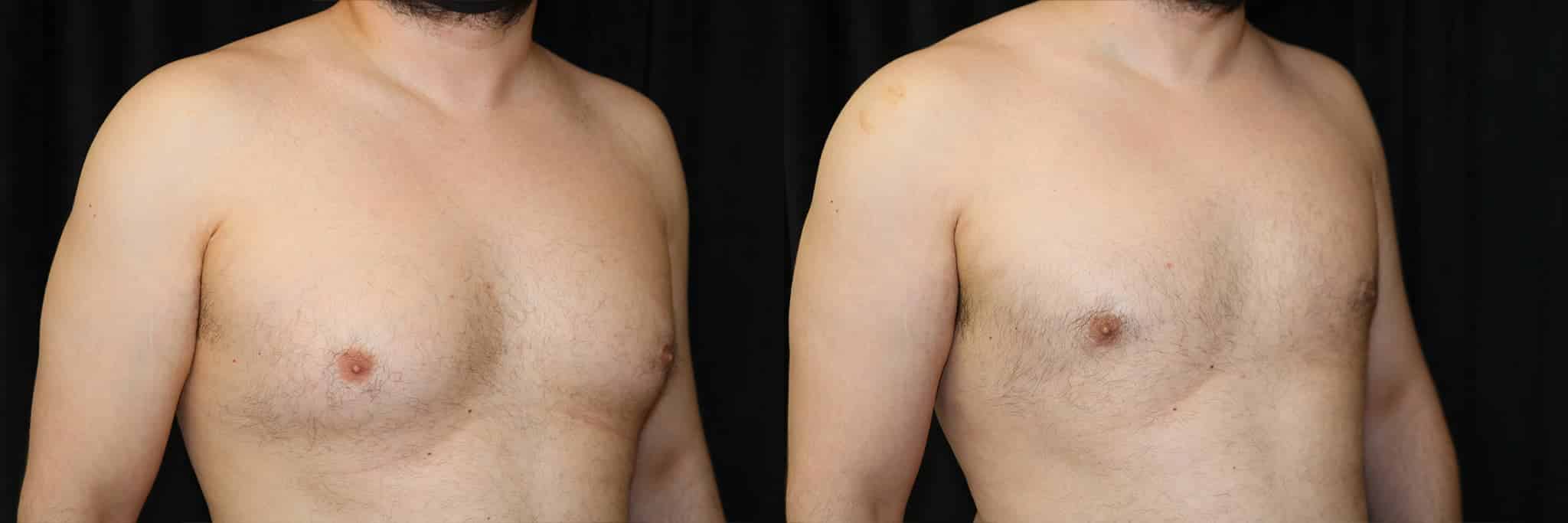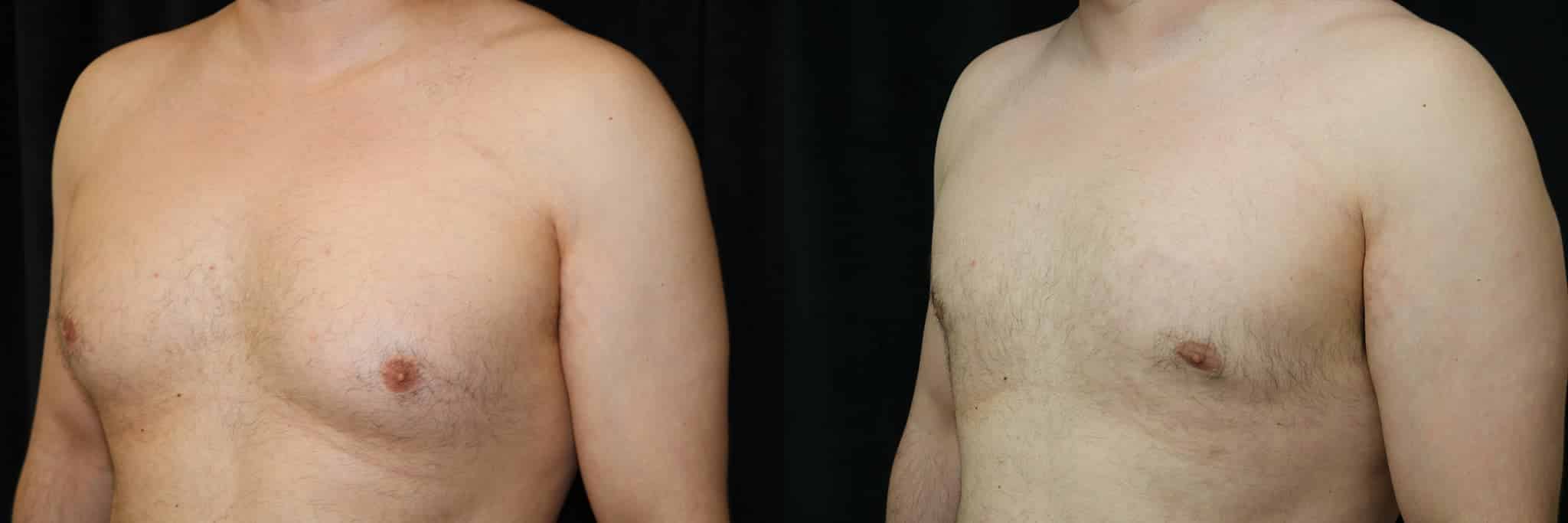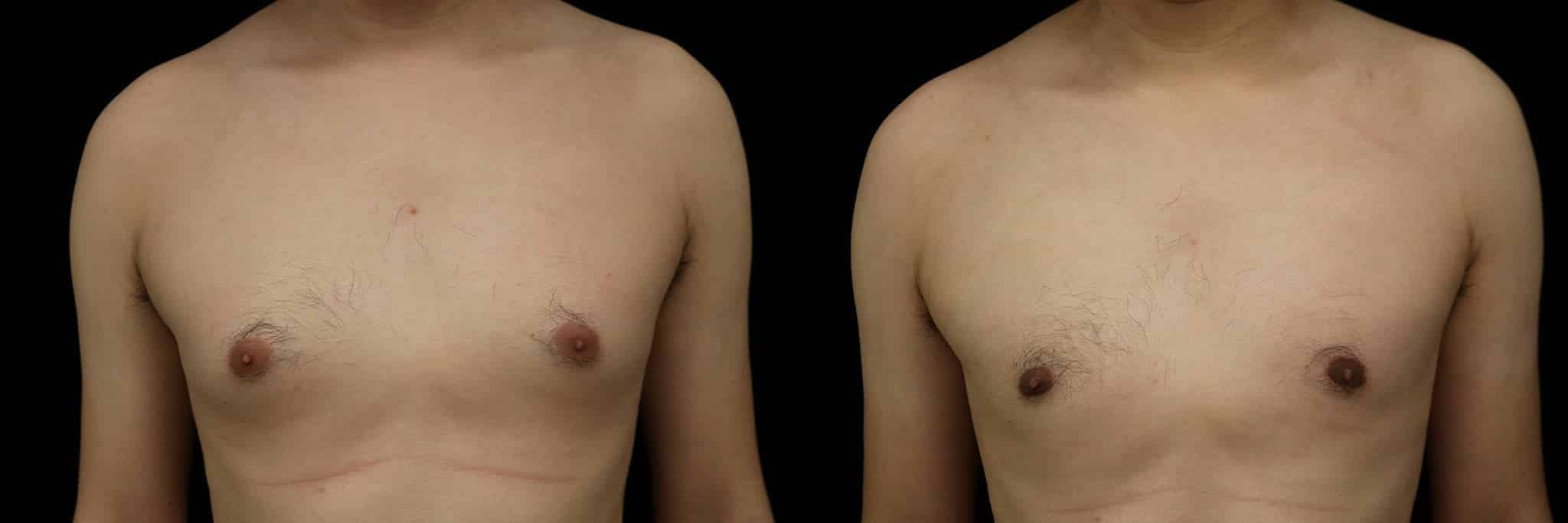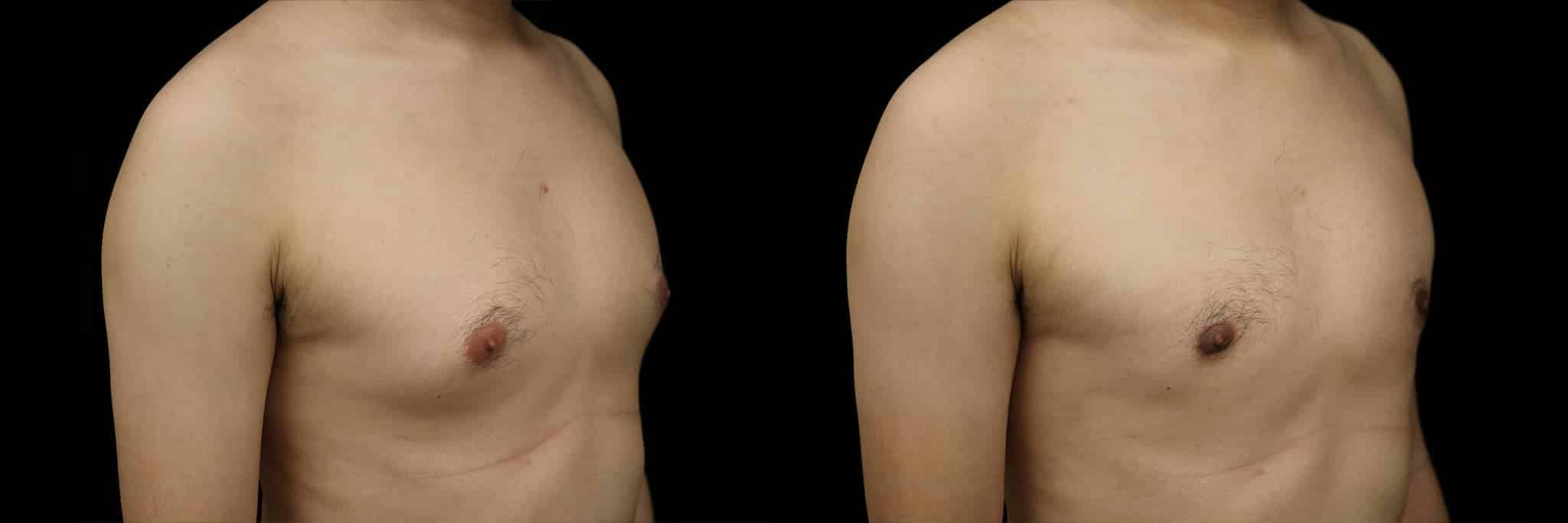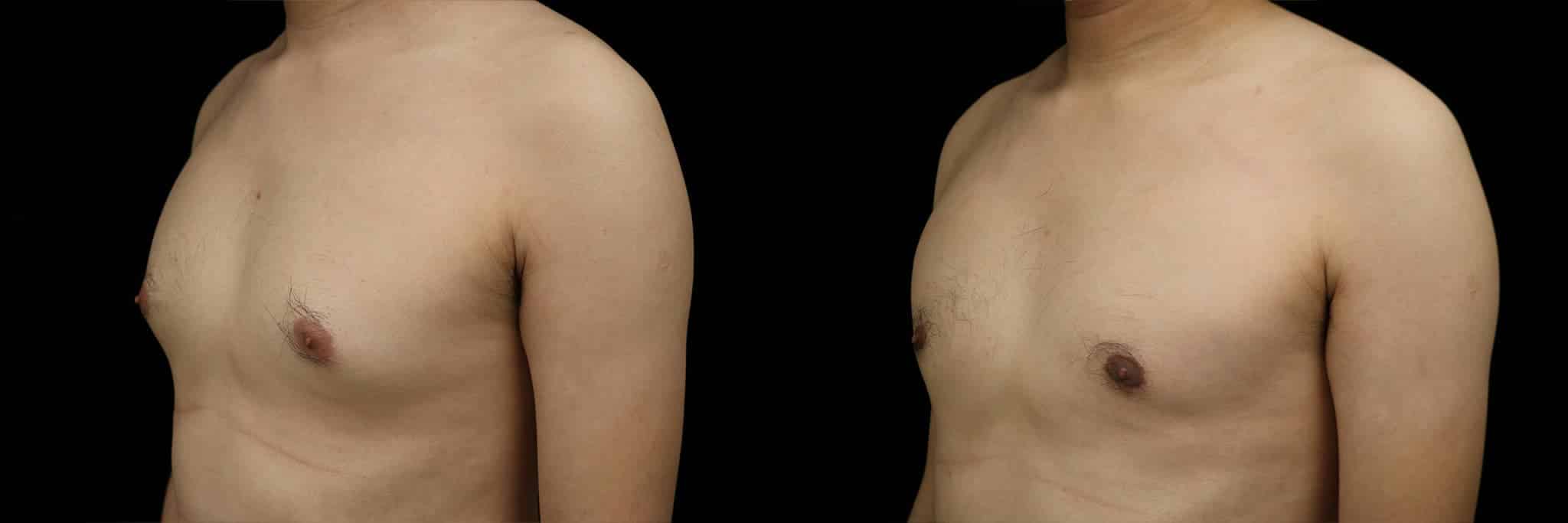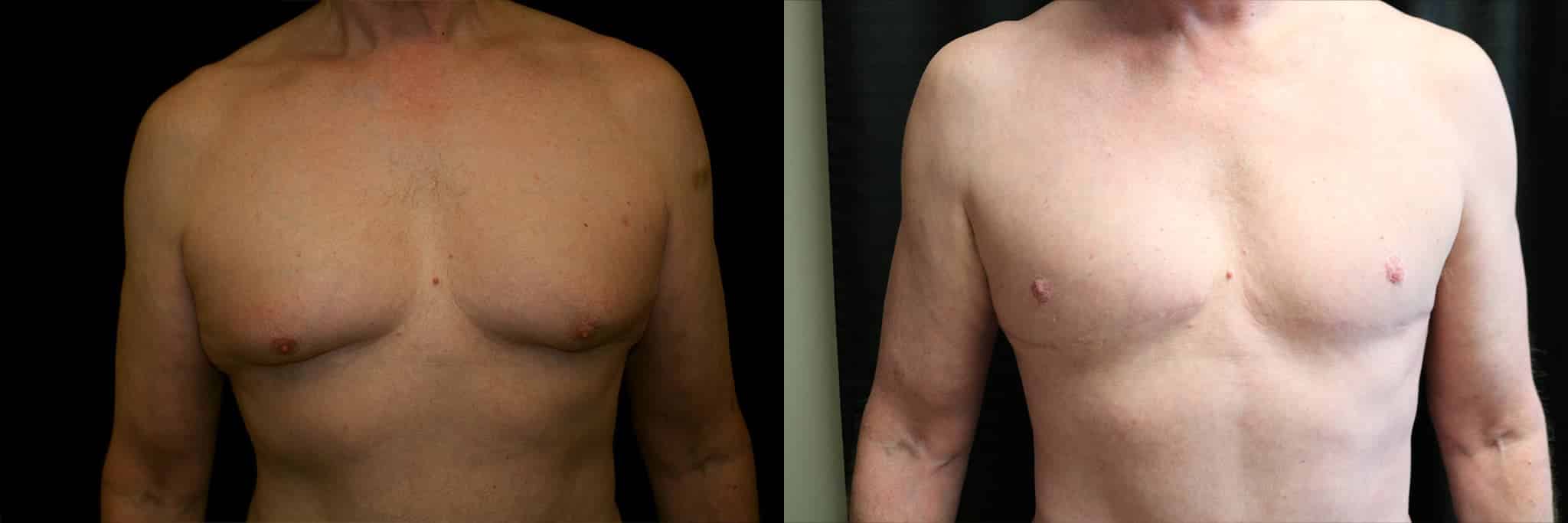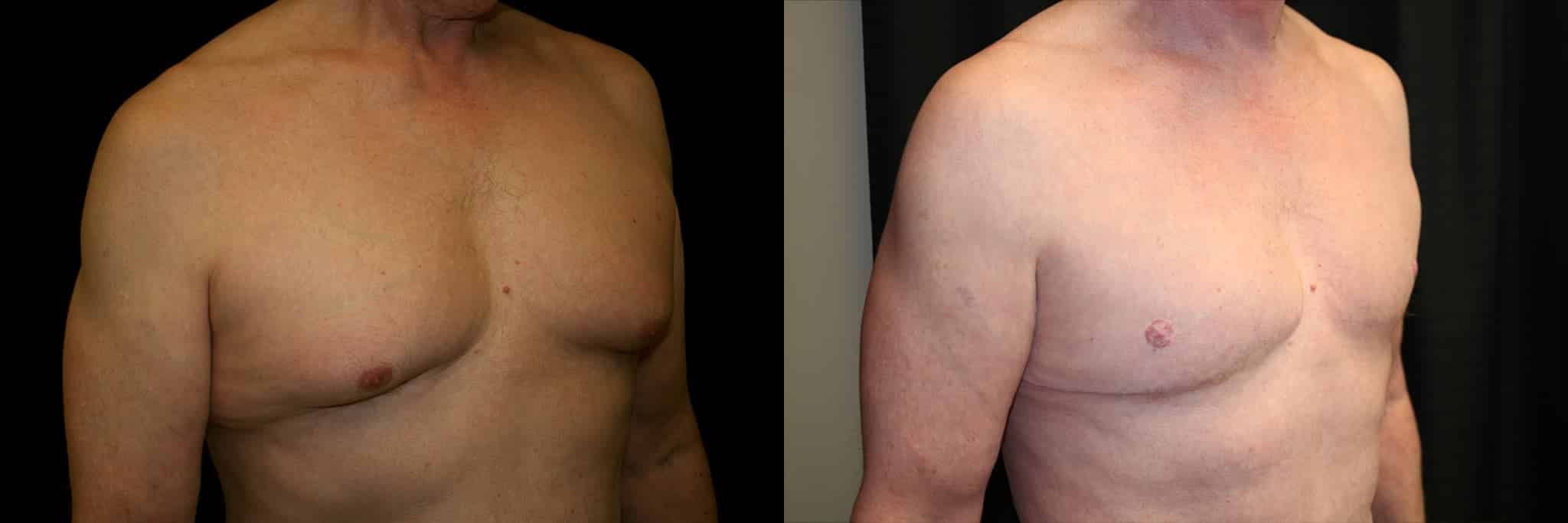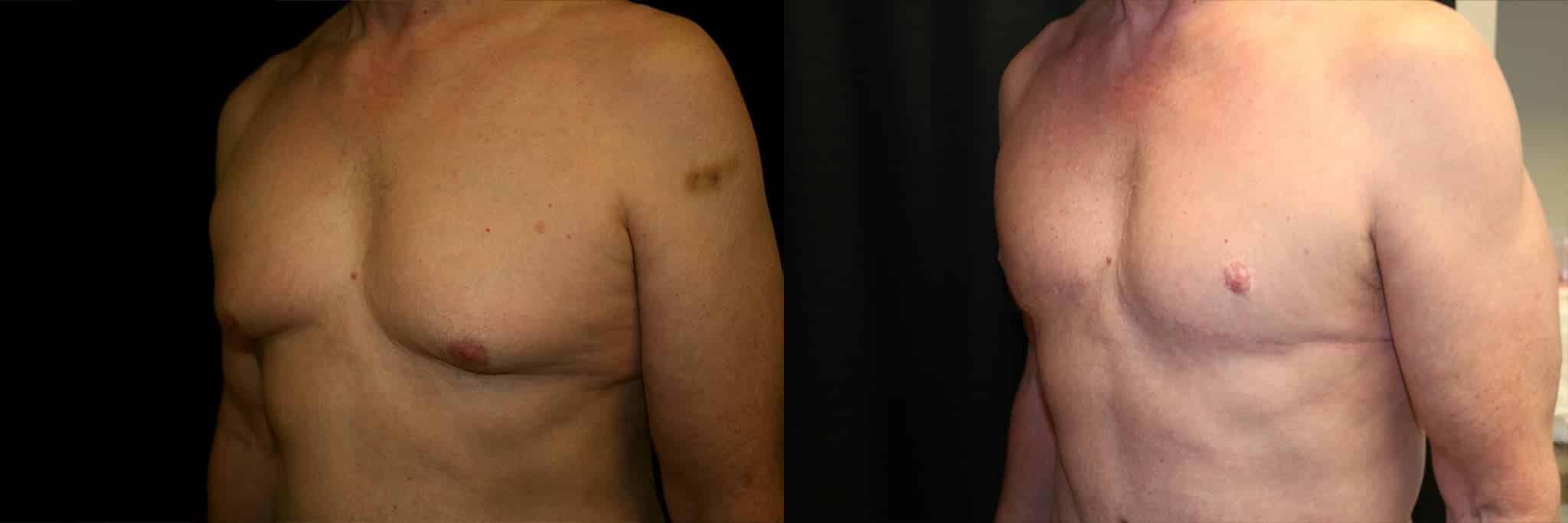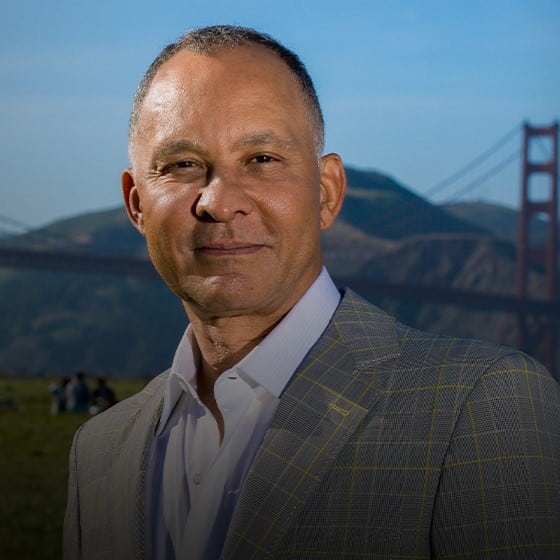Quick Links
- How do I know if I have man boobs or gynecomastia?
- Who is at risk for gynecomastia?
- Real Patient Results
- When should I have gynecomastia male breast reduction surgery?
- Is there a non-surgical way to treat gynecomastia?
- Is liposuction by itself an adequate treatment?
- Is the entire breast gland removed during surgery?
- Will the breast tissue come back after surgery?
- Is male breast reduction surgery painful?
- What is the cost?
- When will I be able to return to work?
- What are possible complications?
- What happens if I am not pleased with my results?
Gynecomastia is a complicated medical condition with symptoms varying from person to person. Hopefully, these FAQs can answer some of your questions and guide you toward the proper treatment plan.
How do I know if I have man boobs or gynecomastia?
“Man boobs” is a common term to describe men with large breasts. If you have always been overweight, your large breasts might just be pseudogynecomastia from fat buildup and this can be resolved with weight loss. Sometimes heavy people can have gynecomastia, so if you still see breast enlargement after your weight loss, you might need gynecomastia surgery. It’s important to note that “true” gynecomastia can cause breast tissue growth in men of all weights. Breast swelling can occur in one or both breasts.
Who is at risk for gynecomastia?
Adolescent boys and adult men are all at a possible risk for developing enlarged breasts. Adolescents undergoing hormonal changes may notice swollen breast tissue that sometimes goes away on its own but may require surgery if it develops into pubertal gynecomastia. Male breast enlargement can also develop over the age of 50 when testosterone levels drop as a natural result of aging. The ratio of testosterone to estrogen (the female characteristic hormone) can become imbalanced which leads to breast development.
Prostate cancer patients and men with chronic kidney disease, testicular tumors, or problems with their pituitary gland or adrenal glands may also be at risk for gynecomastia. Anabolic steroids are also a common risk factor so if you have noticed breast growth that is firm and tender after taking steroids, you may have gynecomastia.
When should I have gynecomastia male breast reduction surgery?
If you feel embarrassed to take your shirt off or uncomfortable with the look of your chest under a shirt, you should consider gynecomastia surgery. Being uncomfortable with intimacy or a drop in your self-esteem is also problematic and no one should live in constant discomfort with their body.
Is there a non-surgical way to treat gynecomastia?
Non-surgical cures may be advertised in the news, but Dr. Delgado knows that none of these so-called cures actually work. He has heard from many patients about their dissatisfaction with these non-surgical treatment options. However, there is new research being done to find drug alternatives and you can learn more about these potential drug treatments on our “Adolescent Gynecomastia” page.
Dr. Delgado is an award-winning gynecomastia surgeon with 30+ years of experience treating some of the most complicated cases of male breast growth around the world. He is also the owner and operator of Gynecomastia.org, the largest gynecomastia forum in the world that has the goals of educating, supporting, and offering guidance to those men and families affected. Dr. Delgado is an expert in the field and donates his time toward both the treatment of gynecomastia and the advocacy of education in the surgical community.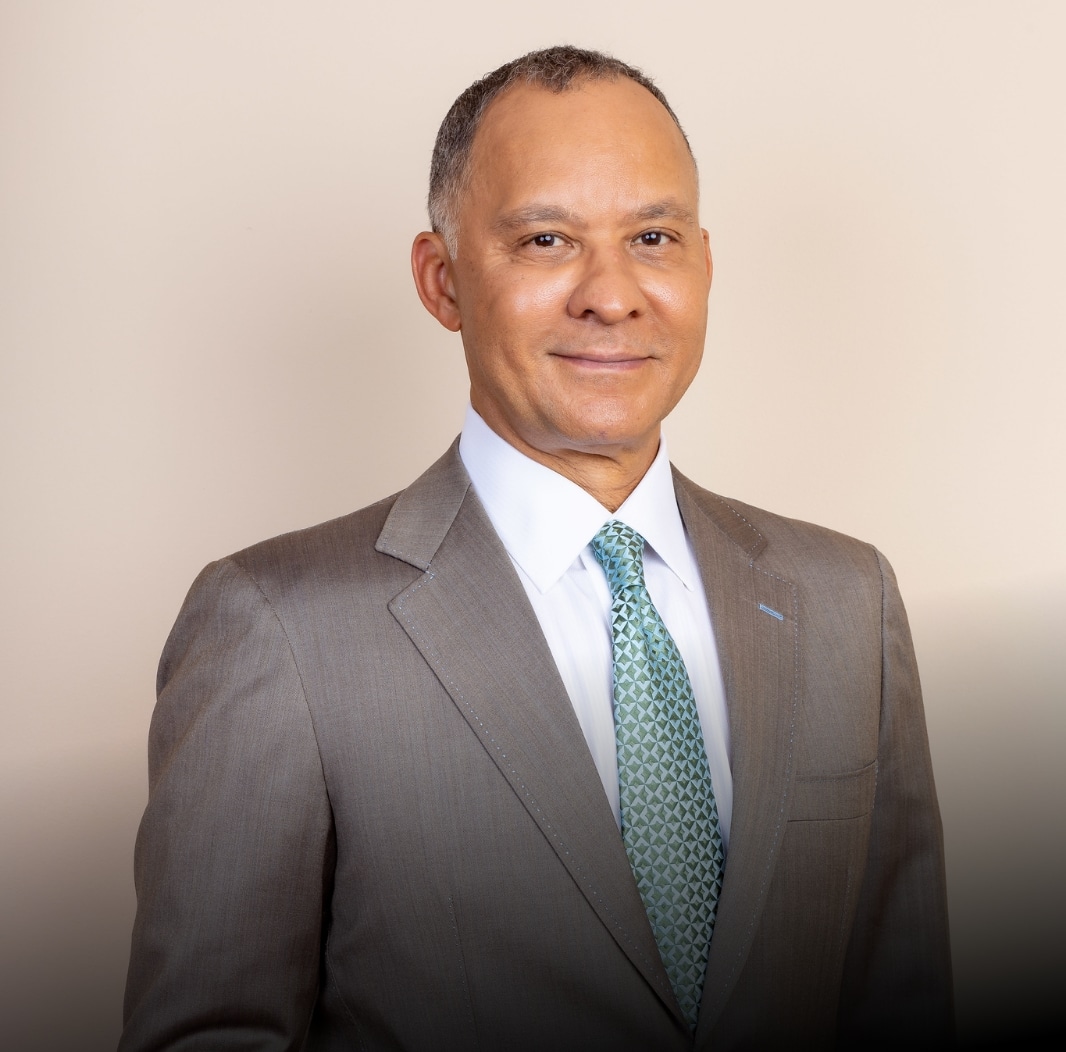
Meet DR. DELGADO
Board-Certified Plastic Surgeon
Is liposuction by itself an adequate treatment?
Unfortunately, liposuction by itself can only treat pseudogynecomastia, which is caused by excess body fat and weight gain. For people with true gynecomastia, only removing the fat via liposuction will create an oddly shaped bulb of breast tissue that won’t provide a good outcome. Most of Dr. Delgado’s patients who come in for revision surgery need revision because only liposuction was used for their first procedure.
Is the entire breast gland removed during surgery?
This depends on the severity of your breast growth. In some cases, 80-90% of the gland is removed but in other cases, all of the breast glands must be removed. Dr. Delgado determines this on a case-by-case basis with the goal of removing enough tissue to create a sculpted, contoured chest.
Will the breast tissue come back after surgery?
The remaining breast tissue after surgery can be stimulated and enlarged but if enough of the gland is removed during surgery, breast tissue will not come back. Dr. Delgado has rarely seen this happen with his patients however, it is sometimes seen with adolescent gynecomastia cases because these young patients’ hormone levels are still fluctuating.
Is male breast reduction surgery painful?
Most men state that their surgery was not overly painful, and they were able to stop taking pain medication after 2-3 days. Removing drains can be uncomfortable but new methods have made this process minimally painful. Overall, Dr. Delgado and his staff are surprised with how well our patients do.
What is the cost?
The cost of gynecomastia surgery can vary from $8,500 to $12,000 depending on the severity of breast tissue proliferation and how long the surgery takes. You can learn more about how our costs are determined on the “Cost Breakdown” page.
When will I be able to return to work?
Most patients can return to school or work within a week or less, as long as their job does not require physical labor. If your job is physically demanding, you should wait 2 weeks before returning to work. All patients need to wait 4-6 weeks after surgery to resume their full exercise routines.
One of the most common forms of the gynecomastia breast is the “puffy nipple”, according to Wikipedia. I find this to be true with my San Francisco, Bay Area patients seeking male breast reduction. The dome effect is caused by dense breast tissue under the nipple areola area. This is…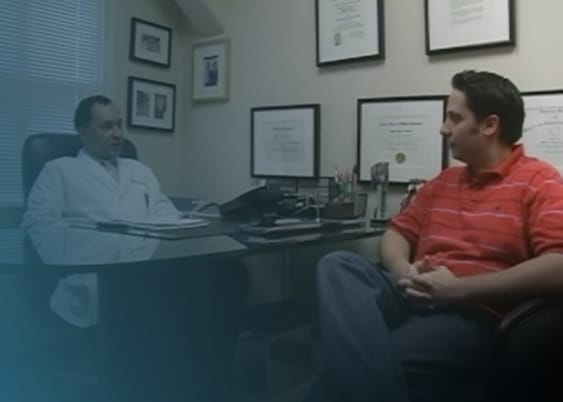
The Story of Three Men

“Puffy Nipples” Represent True Gynecomastia
What are possible complications?
Although male breast reduction is not considered major surgery, it is still a surgical procedure and therefore poses some risks. It is important to note that although these risks are possible, Dr. Delgado is an expert in treating them and most of his patients do not report any complications.
- Bleeding Under the Skin: Improvement in the last 3 years has reduced the percentage of patients who have this complication from 8-9% to 5-6%.
- Over or Under Resection: Over-resection can be corrected with fat injections or rotation of a fat flap; under-resection will require another excision.
- Crater Deformity: This can occur when the glandular breast tissue is over-resected and the remaining tissue is not blended into the surrounding area.
- Fluid Accumulation (Seroma): This can happen if a space is left under the breast where tissue can fill with fluid but is rare since Dr. Delgado uses drains.
- Nipple-Areola Abnormality: When tissue is removed from beneath the areola, it will shrink slightly and can show irregularities.
- Flexion Deformities: The scar tissue reattaches skin to the deep tissue and muscle and when the muscle is flexed, irregularities may show on the skin.
- Loss of Nipple Sensation: When having breast surgery, there is always a risk of change in the sensation of the nipples. Most men do not report a change in sensation, and this was observed in a survey conducted by Merle Yost, creator of gynecomastia.org.
- Skin Loss or Poor Healing: Poor healing can occur around the nipple-areolar incision due to poor blood supply or the elastic garment being placed too tightly.
What happens if I am not pleased with my results?
Dr. Delgado’s goal is to make you incredibly happy with your surgical outcome and he has an exceedingly high success rate. If you are not completely satisfied, a minor revision can be done at no charge as an office procedure or a minimal charge at the surgery center (fees will still be needed for the center and anesthesiologist).
